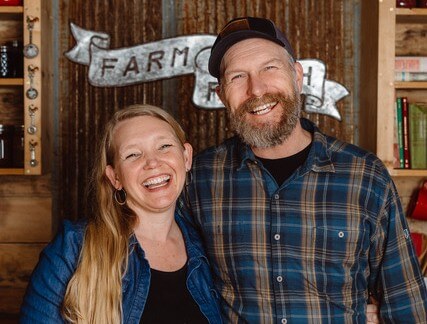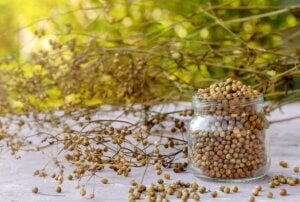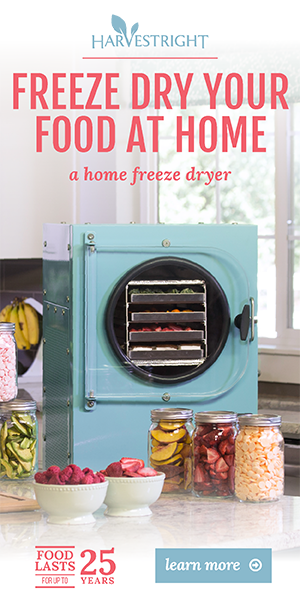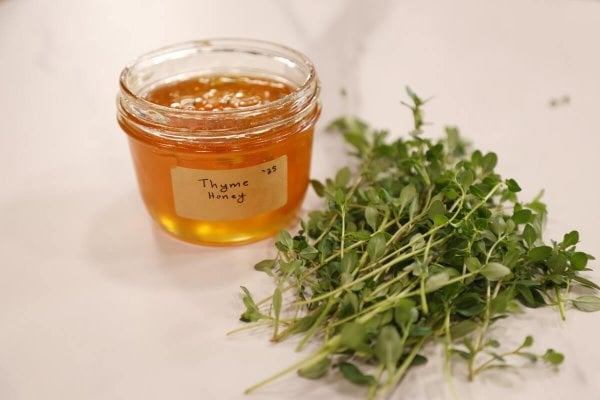
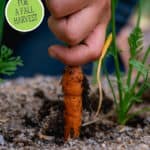








Even if you didn’t get a spring garden planted, there is still time, late summer, to plant vegetables and harvest them before the first frost. A late summer garden means you can harvest fresh produce well into fall and sometimes even into winter. Here are 20 vegetables that grow well when planted in late summer.
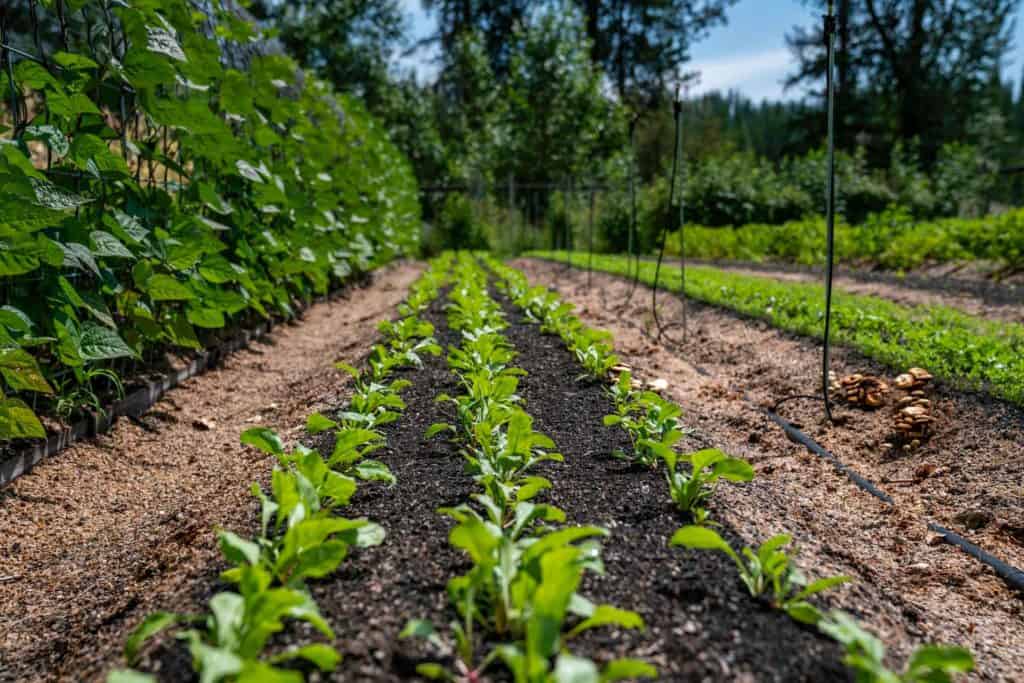
What Vegetables Can You Grow in Late Summer?
Though it’s a bit early yet to be thinking about spring garden planning, or even how to start seeds indoors. There’s still a small window of time that you can plant more vegetables to harvest before winter.
Many plants will grow well when planted in late summer and will continue growing well into the late fall and early winter. Others, still, will winter over and start growing first thing in the spring.
Another favorite tip for growing into the shoulder seasons (or even all year long in front of a sunny window) is to plant an instant garden using a vertical tower garden.
20 Vegetables to Plant in Late Summer
- Beets
- Carrots
- Radishes
- Rutabagas
- Turnips
- Peas
- Bush Beans
- Cauliflower
- Broccoli
- Cabbage
- Chard
- Kale
- Spinach
- Mustard Greens
- Lettuce
- Arugula
- Sorrel
- Bok Choy
- Mescalin Mix
- Cilantro

Succession Planting
Even in early spring, we like to use succession planting to stagger our harvest. Because we’re planting in such large volumes, if we don’t do this we’ll be overwhelmed once harvest time rolls around.
By planting a little bit each week, this means we’re able to eat fresh all season long, and we’re also harvesting in stages so not ALL of one crop is ready at one time.
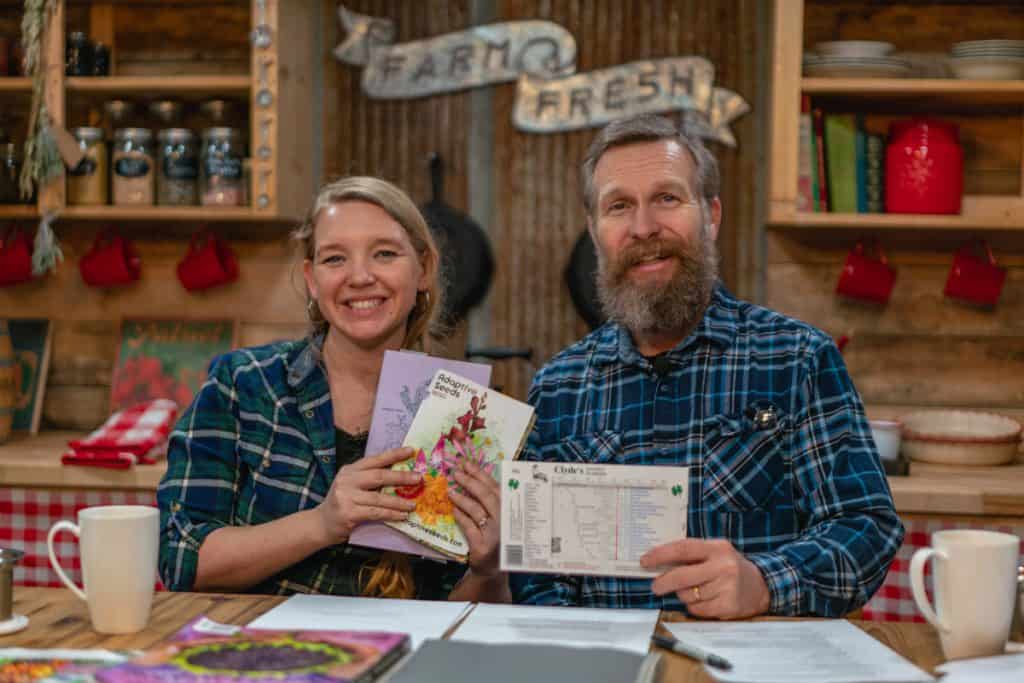
Use a Garden Planner
In order to successfully grow a late summer garden for a late fall harvest, you need to know when your first average frost date is. Then, working backward accordingly, you’ll know which crops you’ll be able to get into the ground in order to harvest before the frost hits.
We love using Clyde’s Garden Planner. If you don’t have a garden planner, pick one up as they’re an invaluable resource that’s very inexpensive (use code: HOMESTEADINGFAMILY.COM for a discount!).
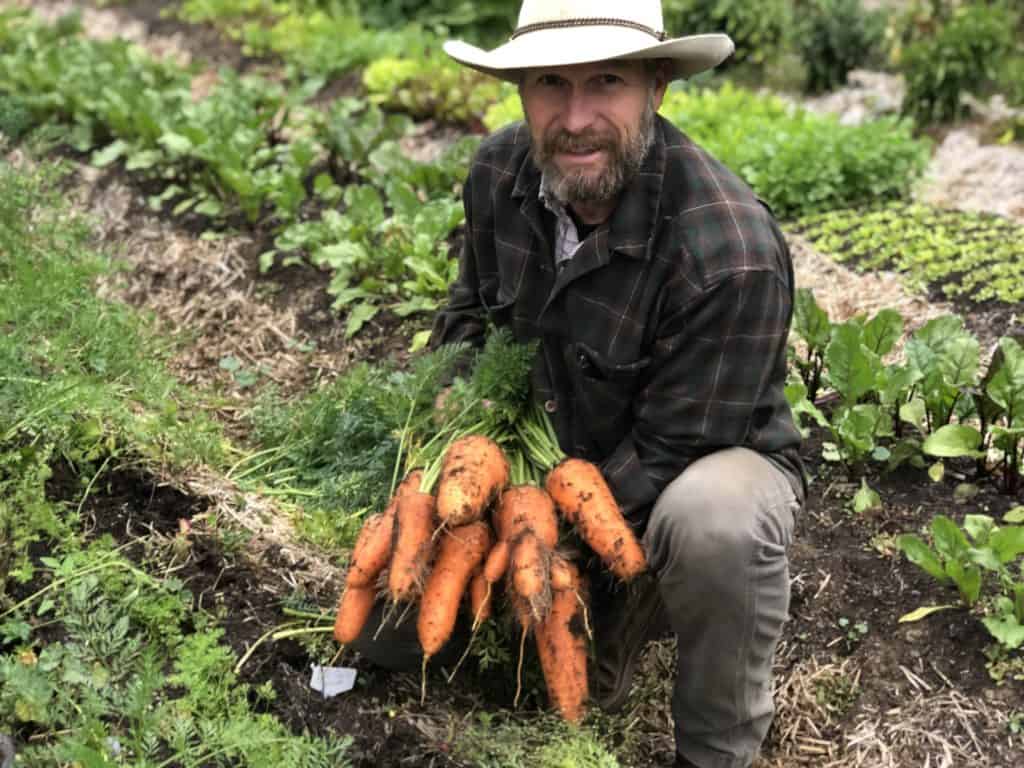
Root Vegetables to Plant in Late Summer
As mentioned above, there are quite a few root crops you can plant and harvest before the ground freezes. Certain varieties even do quite well when you leave them in the ground and cover them heavily with mulch.
If you plant beets in late summer, be sure to plant them densely and harvest the leafy greens as you thin the plants out.
Certain varieties of carrots actually get sweeter if they’re left in the ground once winter hits.
Other root vegetables like radishes are pretty fast-growing and you’ll have plenty of time to harvest for fresh eating throughout the remainder of the growing season.
Always check your seed packets for the growing window as well as how well the variety handles cold. Even within a specific vegetable, there will be varieties that do better growing into the winter season.
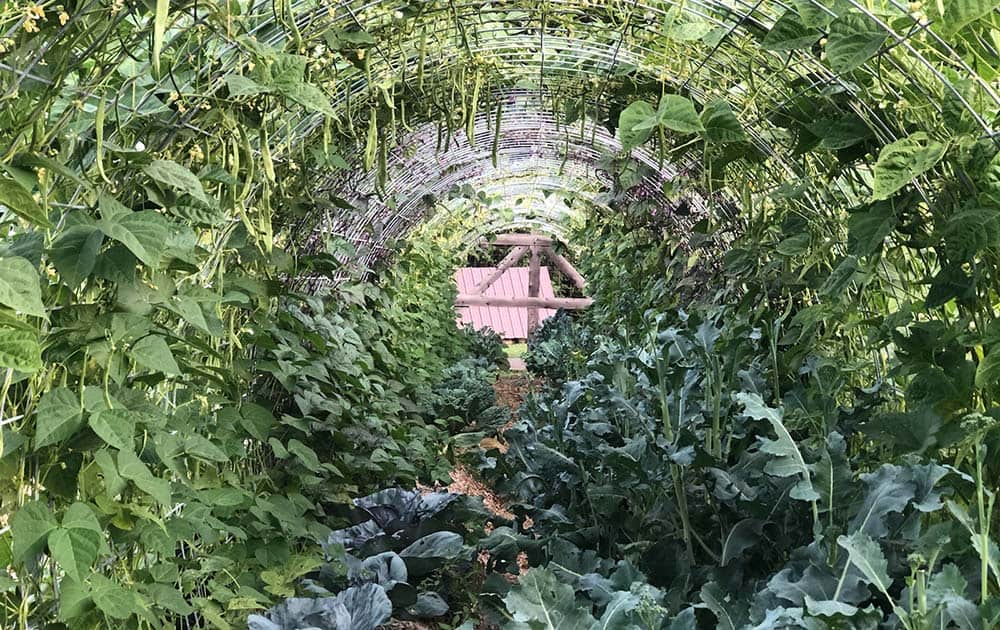
Peas & Bush Beans to Grow in Late Summer
Peas will be happy through a light frost, however, beans will need to get in and harvested before a frost as they don’t handle the cold as well.
It’s also better if you plant a bush bean variety, not a pole bean.
Our kids love planting the dragon tongue beans and they’re a great variety to grow!
Read this post to learn how to build the bean tunnel (or hoop house) pictured above, plus tips on turning it into a greenhouse in early spring or late fall to extend your growing season.
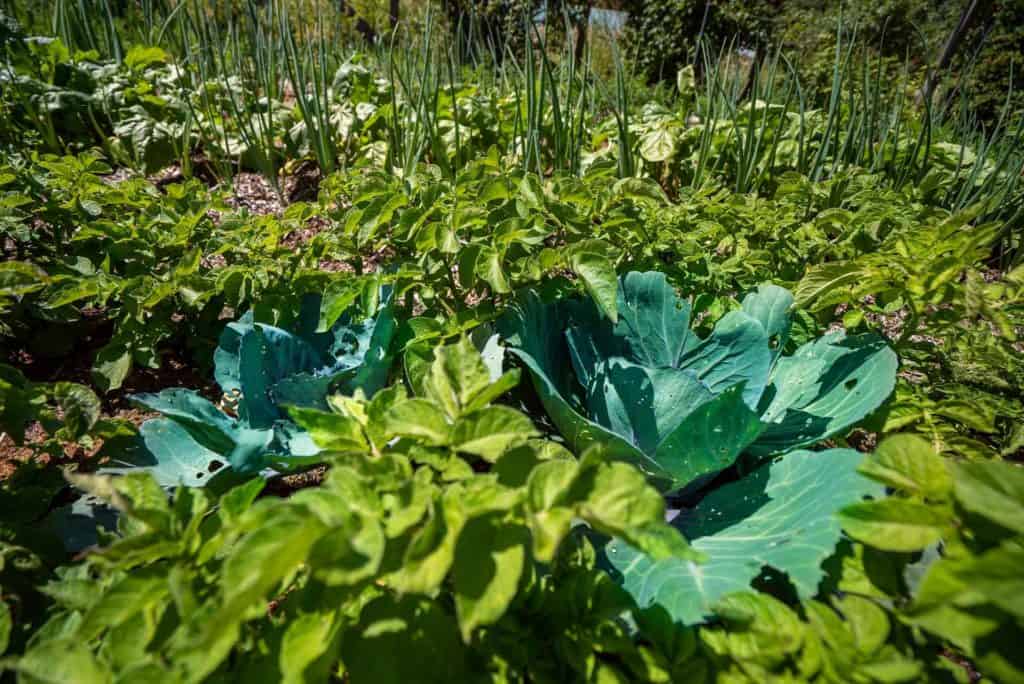
Brassicas You Can Plant in Late Summer
When planting brassicas you’ll want to be sure to check the length of time they need to grow to maturity.
For cauliflower, there are some quicker varieties you can grow, so choose accordingly!
For broccoli, sprouting broccoli will be best. They won’t grow those large crowns we’re used to seeing for broccoli, but you’ll get a lot more side sprouts. These are also wonderful because they’ll die back and winter over, then it will be one of the first things you’ll see come back in the garden come springtime.
Cabbages do great when planted in late summer as they can handle the winter cold much better than other vegetables. We specifically love the Chinese cabbages and they’ve done very well for us in the past.
As always, check the seed package or the catalog for a variety that does well with colder temperatures.
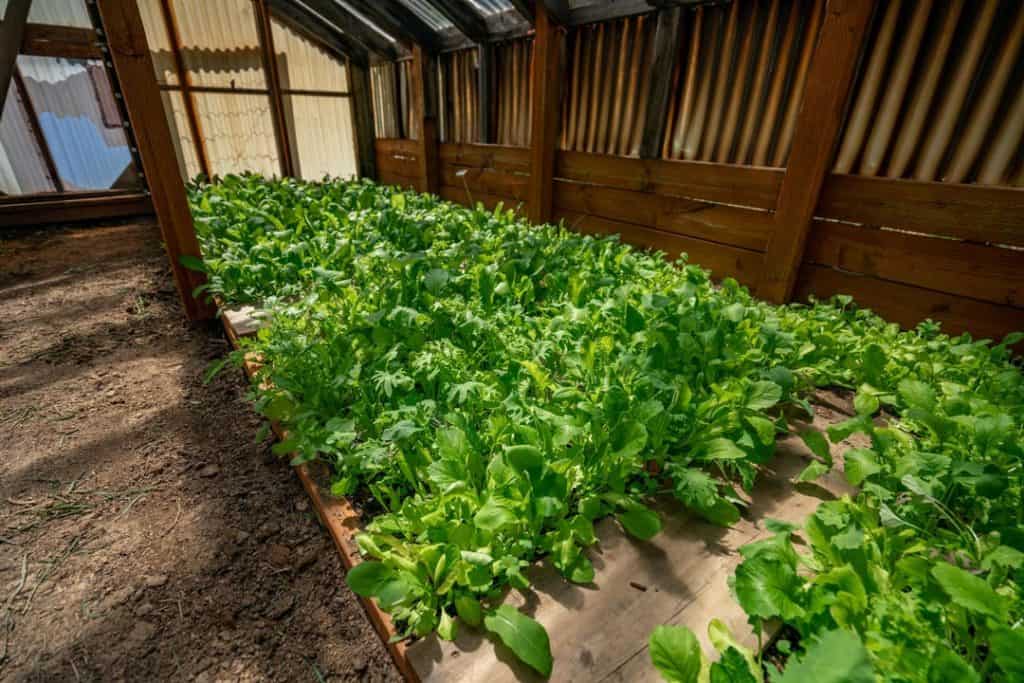
Leafy Greens
Leafy greens are wonderful because they grow up so quickly and can be harvested young as microgreens if you don’t have time to let them grow to full maturity.
Some greens like kale and spinach can handle colder temperatures quite well.
But what we love about lettuces is that, when planted densely, they will grow upright and be very easy to harvest. We’ve found that leafy greens will continue to feed our family well into the winter, especially when we utilize our greenhouse to extend the growing season.
There you have it! 20 vegetables that you can still grow, even in late summer!
Do keep in mind that these are the vegetables we can grow here in the far north of Idaho. If your climate is milder, you’ll likely have a larger list of vegetables that you’ll still have time to get in the ground and harvest before the weather turns too cold.

More Gardening Related Posts
- Spring Garden Planning Tips & Tricks
- How to Build a DIY Hoop House (Greenhouse)
- 12 Things You Must do to Prep the Garden for Winter
- Making Raised Garden Bed Rows & Super-Charging Your Soil
- Get an Instant Garden (Vertical Garden Planter)
- How to Grow Sprouts at Home (Easy Step-by-Step Directions)
- How to Grow Greens Year Round
- Crops That Will NOT Survive a Frost (Non Hardy-Vegetables)

